We know how frustrating it can be when you’re suddenly interrupted while watching your favorite video. It happens due to a number of reasons. It can be your slow internet connection or a problem with your Firestick. But worry no more because, in this guide, we will introduce a few quick and easy tips for making your Firestick operate as if it were new.
When a video is downloaded into a secure memory space, known as buffering, you can stream it continuously once it fully loads. But when the video plays quicker than it buffers, it will stop a lot. You often have no choice but to wait for it to load the data further. Now, here is how you can deal with this situation.
Slow internet speed is the number one culprit behind constant buffering. The frequency of buffering you experience depends on how slow your connection is. If you need an uninterrupted viewing experience when streaming content on your Firestick, you must have a speedy and reliable internet connection.
Slow internet interferes with your streaming session since you need to wait for the media to pre-load at irregular intervals before it plays normally. So what’s a dependable internet speed that will help you avoid buffering and interference?
Generally, you need to have a speed of around 6 Mbps to support an SD video, 12 Mbps for an HD video, and 20 Mbps or more to stream videos in 4K continuously. Most video streaming services will have a recommended internet speed for the best experience. For instance, streaming Netflix shows on TV requires about 3 Mbps or more.
You can determine the speed and performance of your internet through web services such as Speedtest.net or Fast.com. These tools can help you see if your internet currently has the capacity to stream videos at different qualities without any interference.
While your internet speed is something you primarily check, you should also look at other reasons that impact buffering:
Buffering may occur depending on the quality of the video you’ll stream and your current internet speed. For instance, a 240p video will flawlessly run on a 4 Mbps internet. But if you attempt to stream a 4K or Full HD 1080p video at the same speed, you will have problems. Nowadays, it is very common to stream videos in Full HD, 1080p, or 4K. Consider upgrading your internet to 25 Mbps or higher.
An inadequate RAM on a device is another reason behind a video’s constant buffering. As previously mentioned, media files typically use the RAM on your device while you’re streaming on the internet. Assuming your gadget’s RAM doesn’t have adequate capacity to pre-load data, buffering is simply inevitable. Therefore, if your internet speed is enough to stream at the quality you prefer but is still buffering, then it might be the RAM that’s causing the problem.
Do you still encounter constant buffering even with a suitable device and internet speed for your streaming needs? Then the other reason could be the site’s server capacity. Streamed content uses the server’s bandwidth. The server’s bandwidth might not be large enough to accommodate the demand from a number of users. Other issues may include network problems and server failure. If any of these problems are present, then you cannot solve the issue on your end.
Where is your WiFi device? Is there a huge distance between your Firestick and router? If your router is located at the other side of your home while your Firestick is at the opposite end, the distance in between them can hinder your device from receiving the WiFi signal. As a result, your streaming speed will not be at the optimum level. Barriers such as walls interfere with the signal as well. Consider optimizing the placement of your devices or adding an extra router so your Firestick can stream without problems.
Your ISP may be deliberately throttling your internet connection without your knowledge. If you are streaming from ‘unapproved’ sources or have a gaming computer where you download tons of heavy files, then your ISP might be limiting your current speed. This, in turn, causes the buffering of your video. ISPs use this method to control the traffic in their network, decrease bandwidth congestion, and enforce data caps.
This may be an overused solution, but restarting devices, including the Firestick, works wonders. In fact, it can solve other issues beyond buffering. Restarting your device closes down the applications or administrations currently running, giving your device a fresh start.
Restarting your Firestick also eliminates the operations of the apps running in the background. Remember that even if they do run in the background, they still use data. So if you don’t really need them at the moment, swiping them away with a restart can do the trick.
To restart your Amazon Fire TV Stick, follow the instructions below.
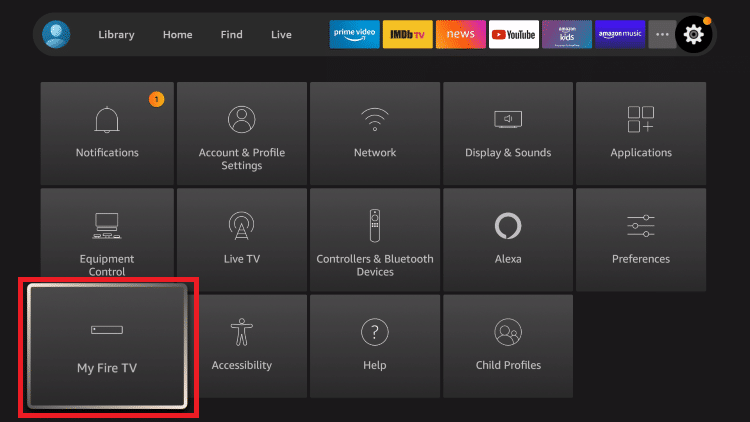
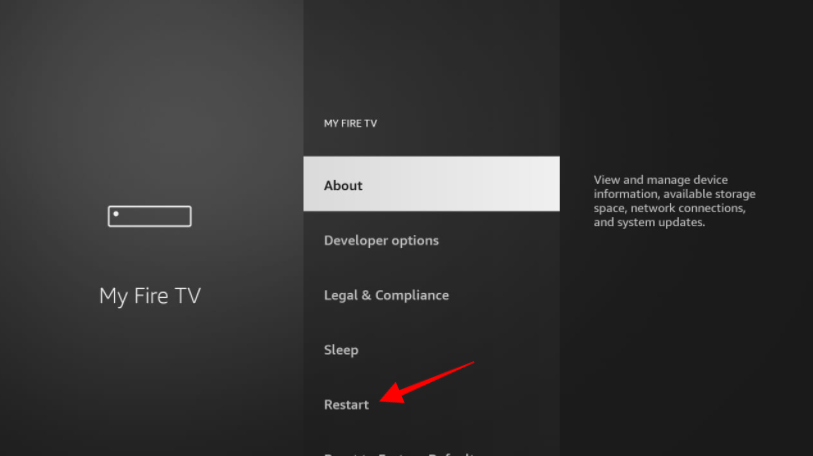

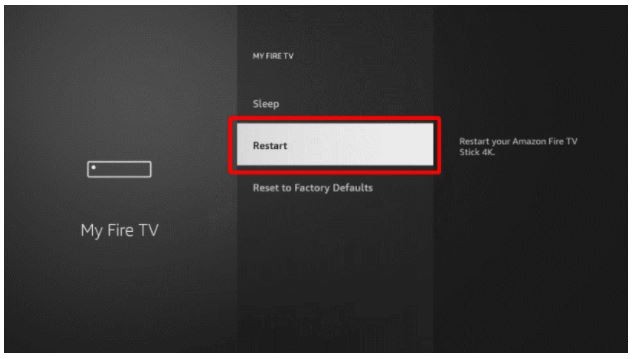

If a restart doesn’t solve the problem, we have more solutions below.
An increased amount of buffering could be a sign of a weak WiFi signal. It’s very easy to check the strength of your WiFi signal in the Amazon Fire TV Stick settings.
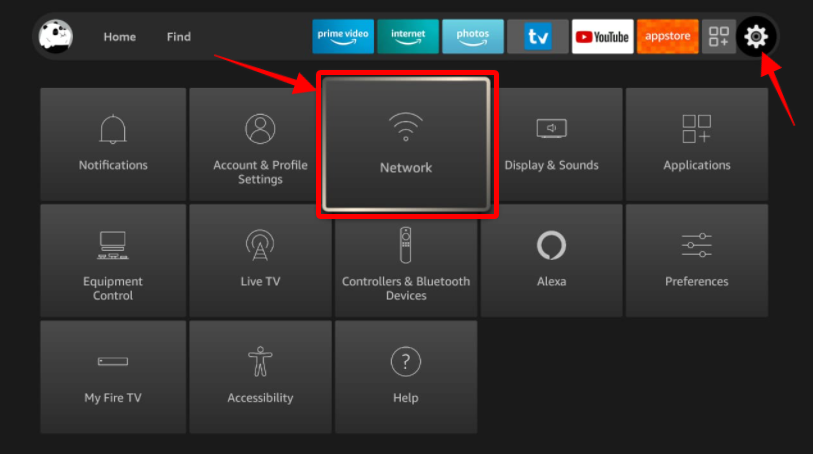

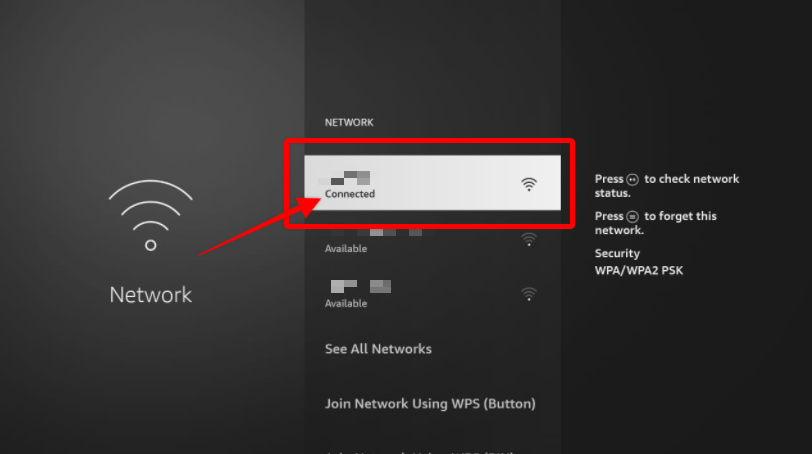

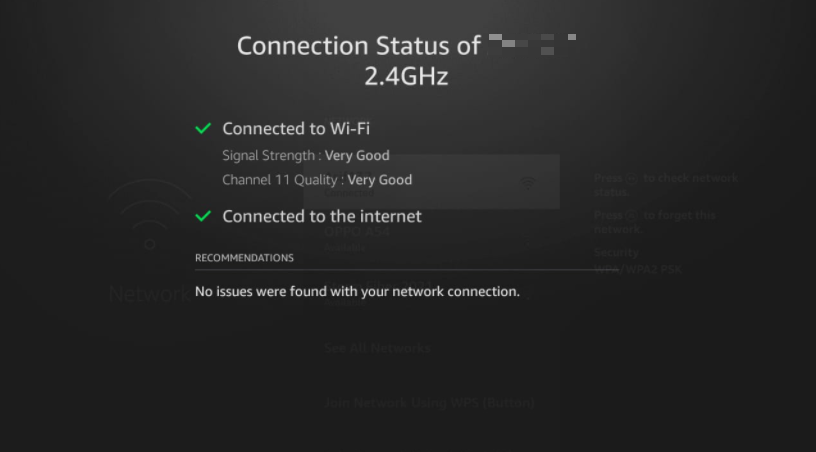

If the signal isn’t great in the area where your Firestick is, it’s probably best to move your WiFi to a spot where all your devices will receive optimal signals. Otherwise, move your Firestick to a better place. Assuming these aren’t practical, check for other gadgets connected to your WiFi, as they might be eating up your bandwidth. Try disconnecting those gadgets and check if the speed improves. Other WiFi networks working on a similar channel can likewise cause obstruction. Try signing into your router and changing the channel of your WiFi network.
If you can’t get a decent WiFi signal, go for an Ethernet connection, which directly hooks up your device to your router. There are various Ethernet connectors online that are compatible with your Firestick. Using an Ethernet cable might solve the problem.
There might be applications running in the background. Since they still use data, they potentially slow down your stream. Maximize the speed of your internet by closing all of these applications.
To see applications that are running on your Fire TV, do follow these steps:
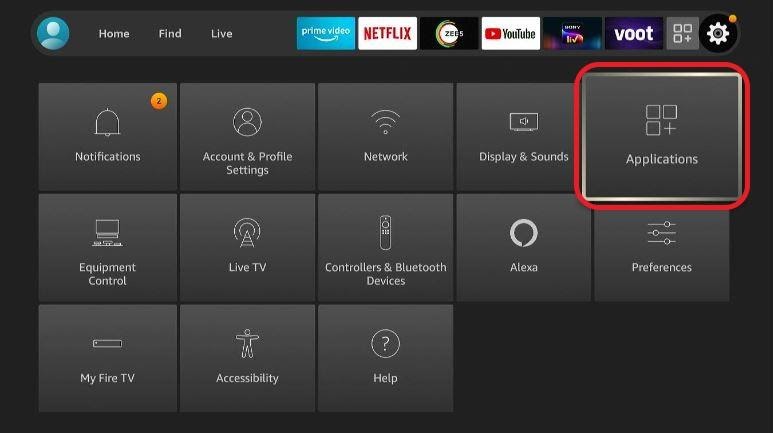

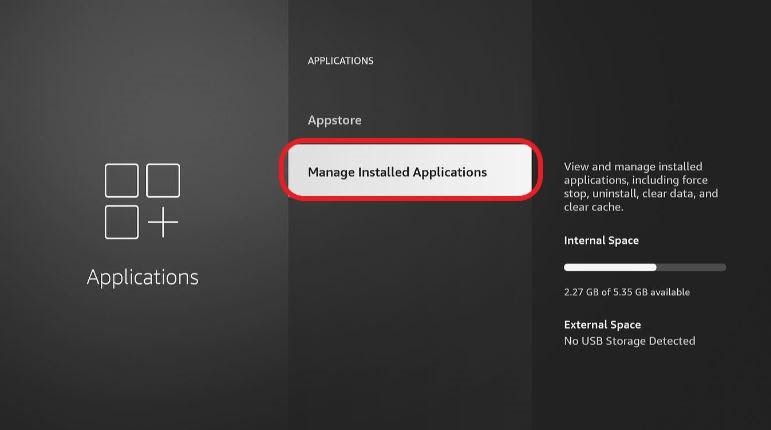


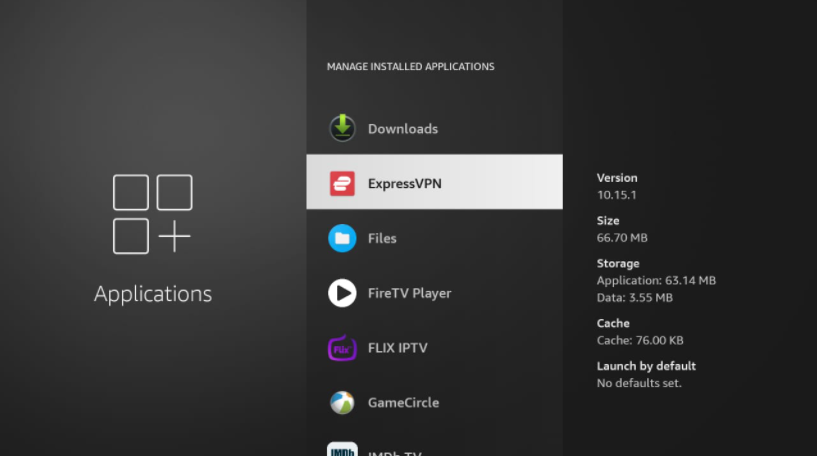


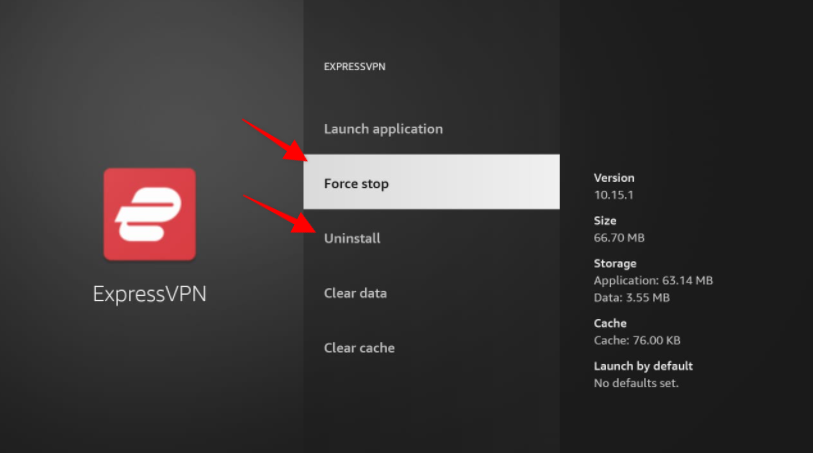

Closing every application is a bit time-consuming. The solution is to download a specific app that makes the whole thing easier.
Here’s how you can do this.
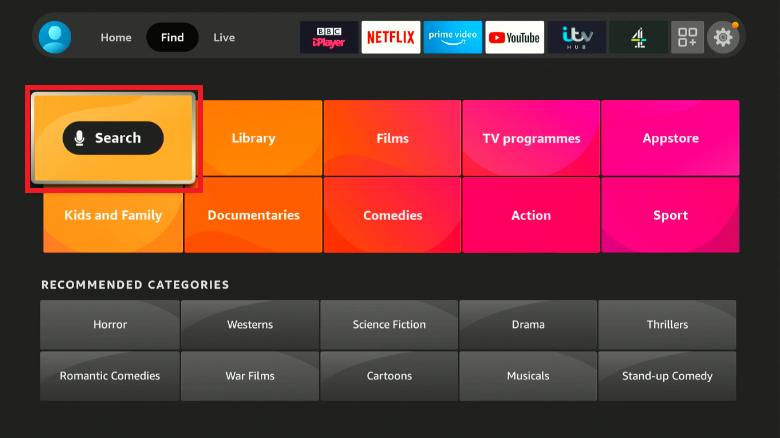

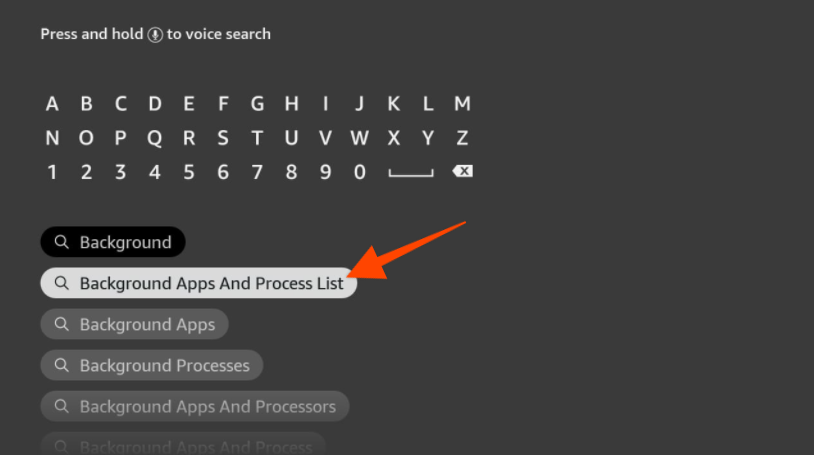

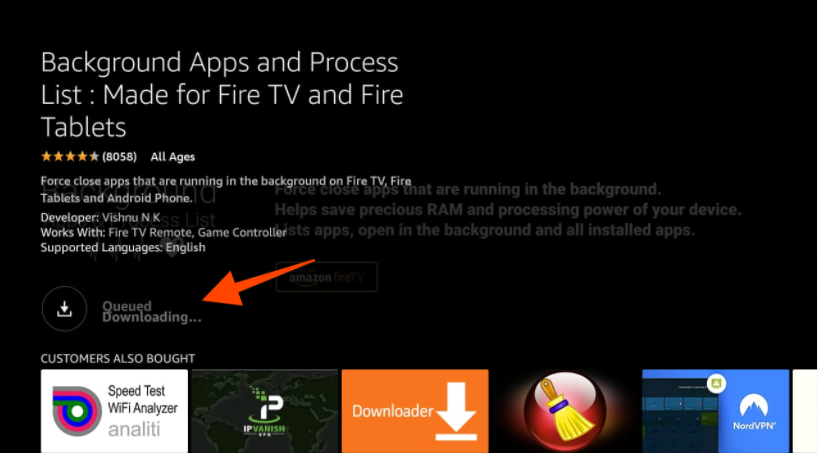

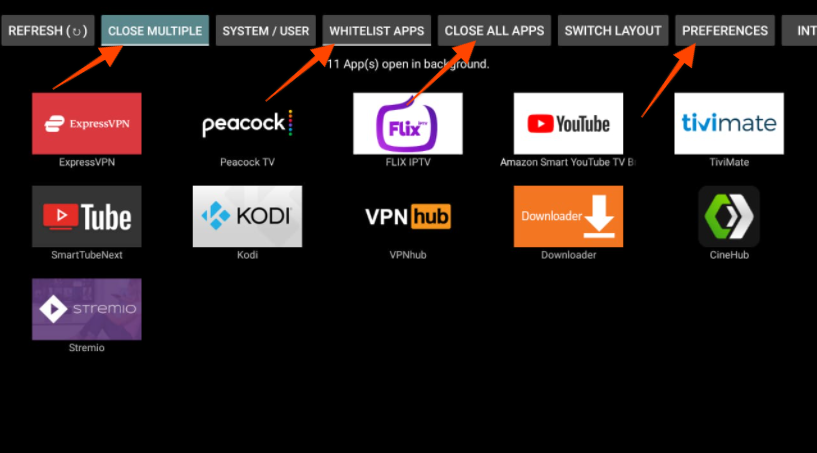

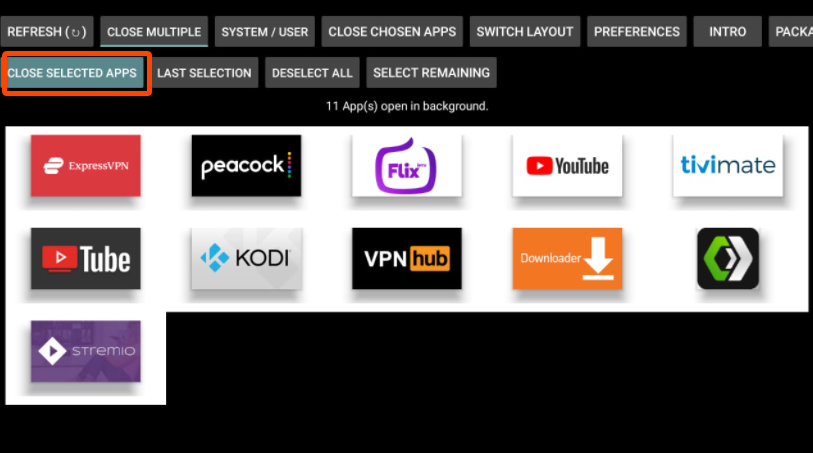

The Amazon Fire TV Stick offers 8 GB of space. Years ago, this storage size was already considered large. But since files are now bigger, it’s no longer enough. The apps and their content can already take a considerable amount of space.
At times, it’s necessary to clear the app’s information and data to restore it to its default state. Doing so can help the app run as smoothly as when you downloaded it for the first time. Follow these steps:






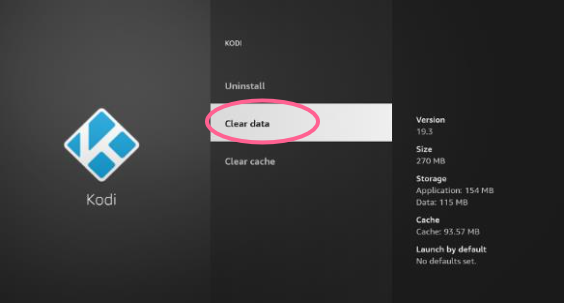

Doing the steps above will delete your in-app settings. That’s why you need to change them once again to tailor the app to your needs. You also need to log in to your account once again.
By default, your device will check for updates on its own. But you can also manually do it. It’s important to keep your Firestick updated to ensure that your data is secure and that you’re receiving the best, latest features. Doing so can also improve your streaming experience.
To check for updates manually, follow the steps below.
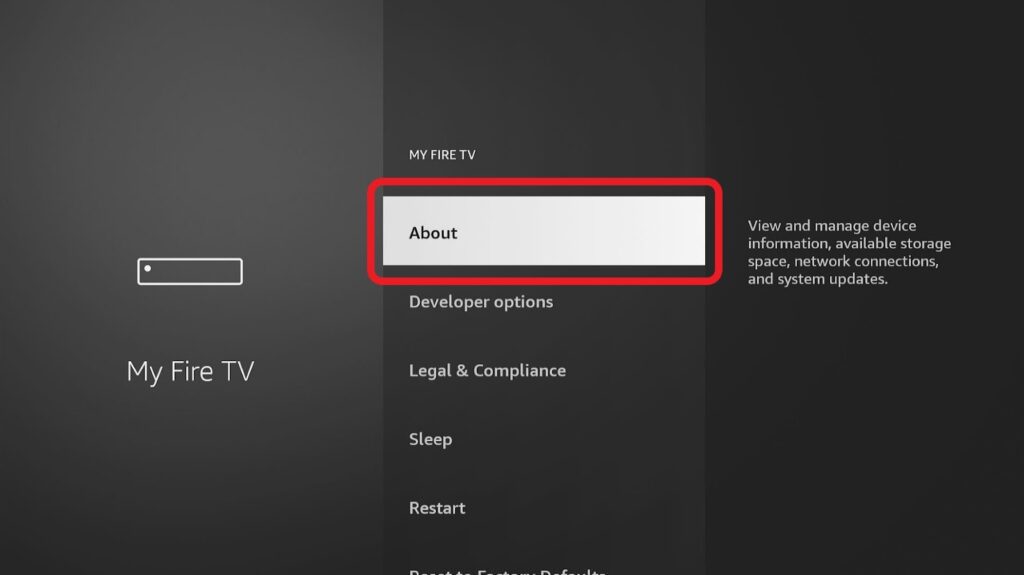

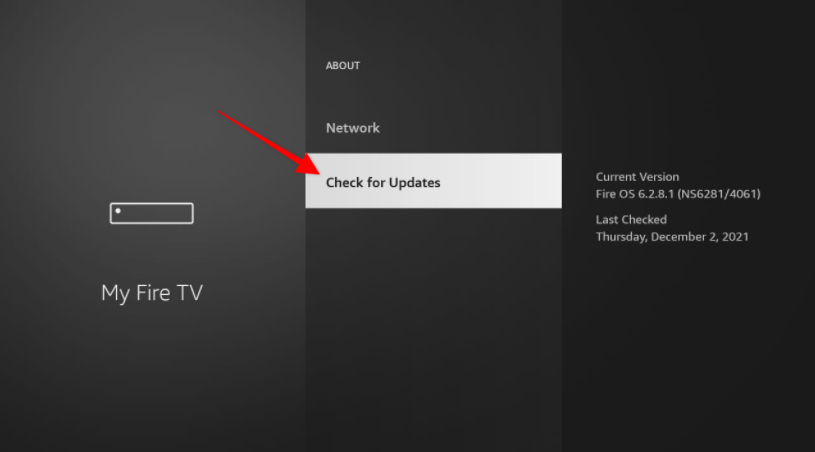

Heat is the adversary of any electronic gadget, and your Android Fire TV gadget is no exception. In case you have various applications or other operations currently running, your device could heat up. Depending upon which HDMI port you have your Firestick connected to, it can take a lot of heat from your TV. Consider using an alternate HDMI port or an HDMI extender. You might need to purchase a fan specifically for your device to help cool it up. These will help prevent your gadgets from producing more heat, enabling them to run efficiently.
Disabling data monitoring and similar options from the settings can also speed up your streaming and boost your connection.
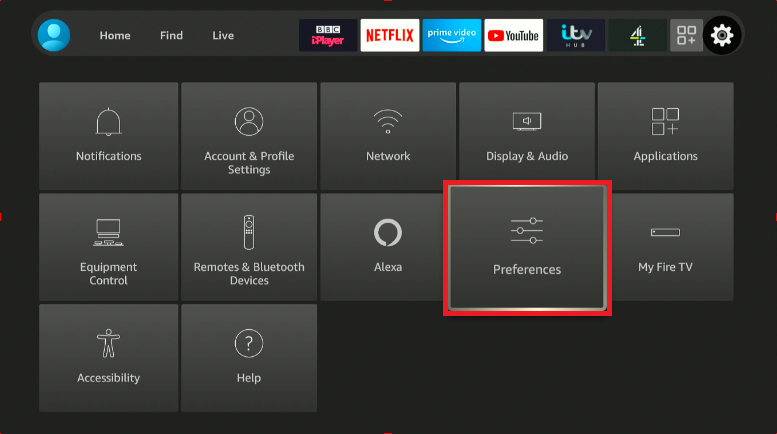

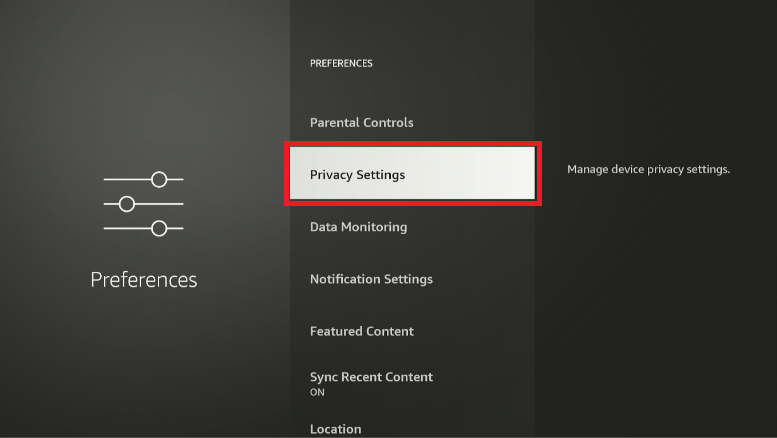

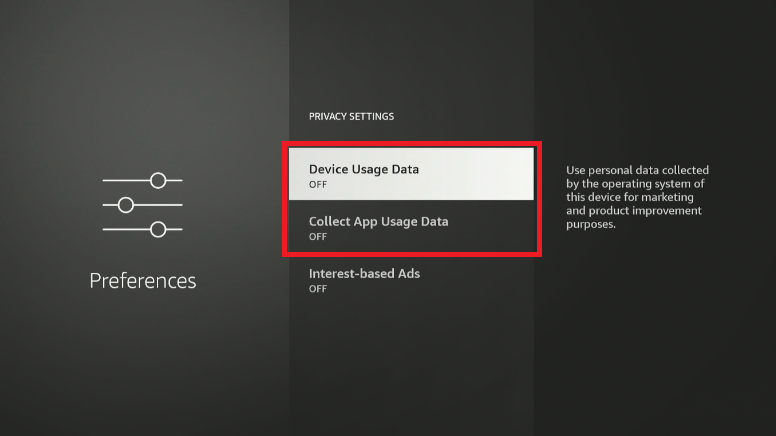

Videos at 1080p and 4K are truly enjoyable to watch, but if your internet connection can’t keep up, then it’s better to lower the quality. Higher quality videos demand more data transmission and processor ability to stream easily. While numerous web-based applications will automatically change the video quality according to your internet speed, they still enable you to change the quality manually. Videos at 480p and 720p use significantly less data transmission than those at 1080p and 4K. Adjusting the quality ensures that the video streams smoothly.
The more devices connected to your home WiFi network, the slower your speed will get. Since your router can only manage a specific amount of data, the devices will have to split it. Therefore, if your Firestick streams a movie while other devices are connected and using the internet, your video tends to buffer. Assuming that you have a PC using your internet or other devices downloading large files, shut them down while you enjoy watching. When the data transmission speed enhances, it will automatically increase the connection speed on your Firestick—no more buffering!
If the solutions above don’t work, perhaps it’s time to factory reset your Firestick. Read the directions to reset your Amazon Fire TV Stick to its default settings. A hard reset will restart your device to its original state. Therefore, all downloaded apps and files, as well as the settings, will be gone.
Remember that this procedure is your last resort. Exhaust all of the steps we’ve mentioned above before you go through with a hard reset. Take note of all the apps you installed, along with their settings.
Here are the steps to reset your Firestick to factory settings.



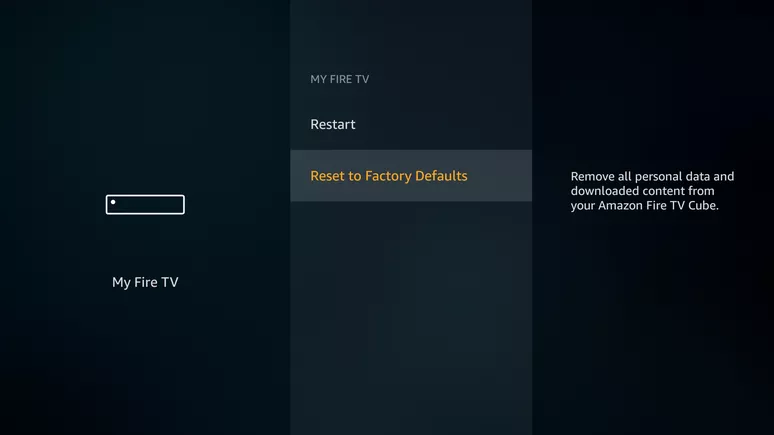

Now hit the Reset option for confirmation, and you’re all set to start the process.
Using a VPN to improve your streaming experience may seem counterintuitive because it is not what VPN is for. However, you need to know a VPN dial helps to maintain a stable internet connection. There are specific cases wherein this tool is actually helpful in terms of speed.
For example, if your ISP has been throttling your connection when you use Netflix, a VPN can bypass this limitation. It can conceal your activities that your ISP can easily detect. In other words, they won’t be able to throttle your connection as they cannot see that you’re using a streaming service they tend to limit.
ExpressVPN is an excellent option for your Amazon Fire TV Stick. Getting a fast VPN for Firestick, such as ExpressVPN, can turn your Amazon Fire TV into an all-around entertainment hub. It bypasses geo-blocking, allowing you to access more content from Netflix, BBC iPlayer, Amazon Prime Video, and numerous streaming services. If you’re looking for a reliable option, ExpressVPN is a good go-to.
Your Amazon Fire TV stick gives you access to different kinds of entertainment, news, sports, and so much more. For streams to be uninterrupted, it has to work smoothly in all aspects. Uninterrupted streaming means that you don’t have to go through buffering, freezing, and any other kind of issues.
Sometimes, a video stream buffers for a number of reasons. In this article, we have gone through the most common ones. By following our tips above, you can fix buffering issues on your Firestick and keep enjoying your favorite TV shows, sports, and movies.